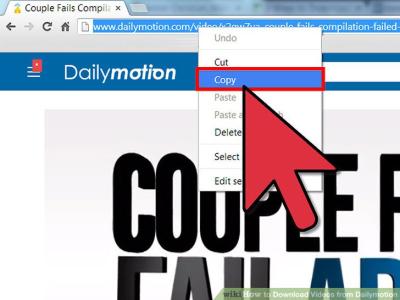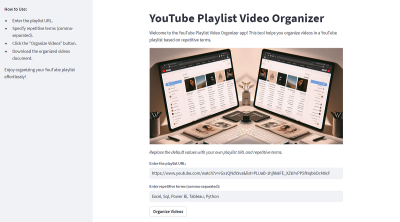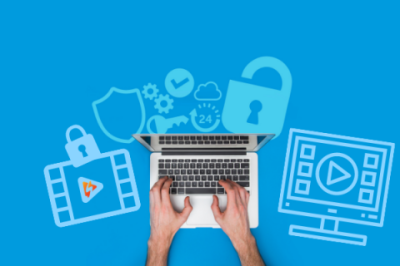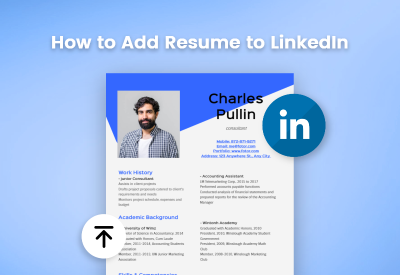LinkedIn messaging has evolved into a powerful tool for professionals looking to connect, share ideas, and nurture relationships. It’s not just about job searching anymore; it’s a platform for networking, learning, and even sales. Imagine being able to reach out to industry leaders or reconnect with old colleagues—all at your fingertips! LinkedIn’s messaging feature makes this possible, but did you know you can elevate your communication strategy by scheduling messages? Let’s dive into the essentials of
Importance of Scheduling Messages
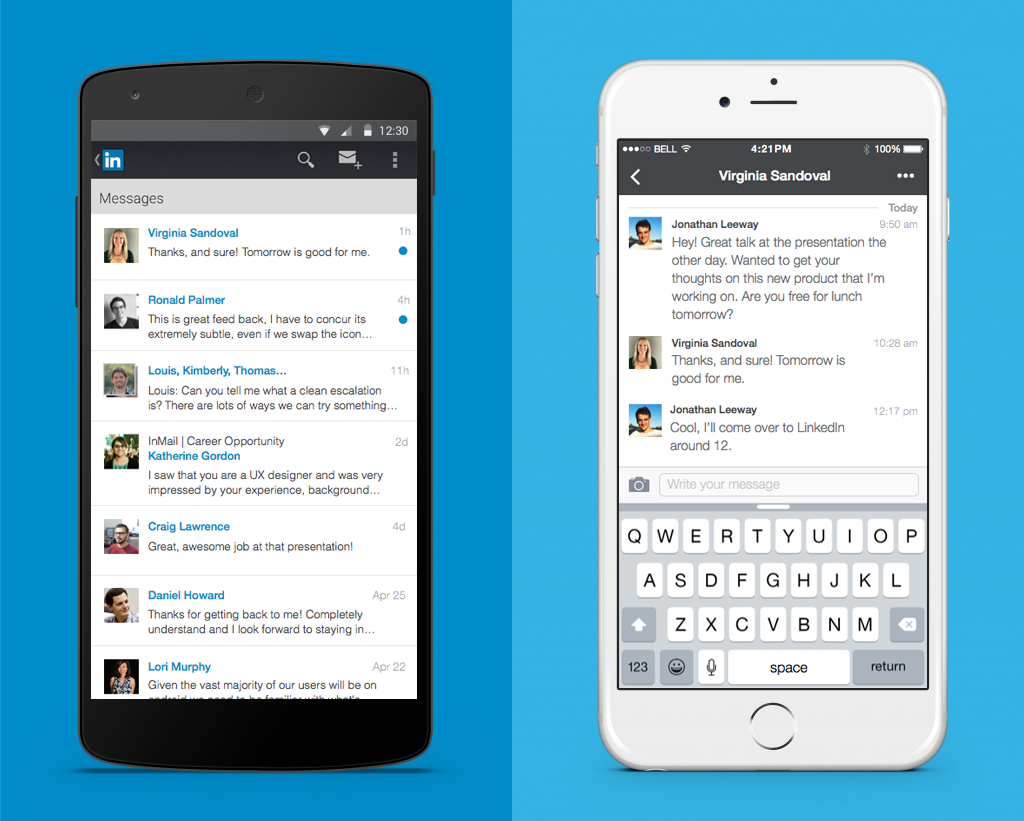
Scheduling messages on LinkedIn might sound like a small convenience, but it can significantly enhance your communication strategy. Here’s why it’s worth considering:
- Timeliness: We all know the importance of timing in communication. Scheduling allows you to send messages at optimal times when recipients are more likely to engage. For example, sending a follow-up message on a Monday morning can catch someone when they’re planning their week.
- Consistency: If you’re managing multiple connections or leads, scheduling helps maintain a consistent communication flow. You can plan outreach campaigns or follow-ups without the risk of forgetting someone important.
- Professionalism: Scheduled messages can reflect your professionalism. It shows that you’re organized and respectful of others’ time. For instance, sending a well-timed birthday wish or a follow-up after a conference can leave a positive impression.
- Strategic Communication: With scheduled messages, you can strategize your communication based on specific events, like product launches or industry conferences. This allows you to position your message for maximum impact, ensuring it resonates with your audience.
Additionally, here are a few practical examples of how scheduling can be beneficial:
| Scenario | Benefit of Scheduling |
|---|---|
| Follow-up after an event | Recap key points discussed and solidify connections. |
| Checking in with a mentor | Regular updates keep the relationship fresh and engaging. |
| Reconnecting with past colleagues | Scheduled messages can remind you to reach out periodically. |
In a fast-paced world, having the ability to schedule messages allows you to stay ahead in your networking efforts. Whether you’re reaching out to potential clients or nurturing existing relationships, thoughtful timing can make all the difference. So, why not give it a try? Your professional connections will appreciate your proactive approach!
Also Read This: The Right Way to Send Cold DMs on LinkedIn to Build Connections
3. Current Messaging Features on LinkedIn

LinkedIn has evolved into more than just a platform for job seekers and recruitment; it’s a powerful networking tool that includes robust messaging capabilities. If you haven’t explored these features yet, you're in for a treat!
1. Direct Messaging: At the core of LinkedIn’s messaging system is the direct messaging feature. This allows you to send private messages to your connections. Whether you’re following up after a networking event or sharing an article, direct messaging is simple and effective.
2. InMail: For those looking to connect with people outside of your immediate network, LinkedIn’s InMail service is invaluable. This feature allows you to send messages to other LinkedIn users who aren’t in your network, making it a great way to reach out to potential leads or collaborators.
- Personalization: InMails can be tailored to the recipient, increasing the chances of a positive response.
- Response Tracking: You can see how many messages you’ve sent and track their response rates, allowing you to refine your approach over time.
3. Voice Messaging: Want to add a personal touch? LinkedIn now offers voice messaging, allowing you to send voice notes directly to your connections. This feature is perfect for conveying tone and emotion, making your communication feel more genuine.
4. Messaging Filters: Keeping track of conversations can get messy, especially as your network grows. LinkedIn helps you manage this with filters that categorize messages based on unread status, connections, and more, enabling you to find important conversations quickly.
5. Integration with Events: When you attend LinkedIn events, you can message other attendees directly. This feature encourages networking and makes it easier to connect with like-minded professionals. It’s a great way to extend your reach and deepen your relationships with new contacts.
In summary, LinkedIn's current messaging features are designed to facilitate effective communication and nurture professional relationships, whether through direct messaging, InMail, or voice messages. With these tools, networking has never been easier!
Also Read This: How to Withdraw a Job Application on LinkedIn Without Any Issues
4. Third-Party Tools for Scheduling LinkedIn Messages
If you’re serious about optimizing your networking strategy, using third-party tools to schedule LinkedIn messages can give you a significant edge. Unfortunately, LinkedIn doesn’t have a built-in scheduling feature for messages, but fear not! Several tools can step in to fill that gap.
1. Dux-Soup: This popular LinkedIn automation tool allows users to automate many aspects of their LinkedIn experience, including messaging. With Dux-Soup, you can set up a sequence of messages to be sent out at specified times, perfect for nurturing leads without the hassle of manual follow-ups.
- Pros: Easy to use, customizable messaging sequences, and ability to track engagement.
- Cons: LinkedIn’s terms of service are strict, so use cautiously to avoid penalties.
2. LinkedIn Helper: Another robust tool is LinkedIn Helper, offering the ability to schedule messages as part of a broader set of automation features. You can create personalized outreach campaigns to engage prospects and keep your messaging organized.
3. Meet Leonard: This tool is particularly useful for sales professionals. Meet Leonard provides a user-friendly interface for scheduling messages and can even send connection requests alongside your message sequences. It’s a great way to combine outreach with relationship-building.
4. Zapier: While not exclusively for LinkedIn, Zapier can connect different apps and automate workflows. For instance, you can set up a Zap that triggers a LinkedIn message when a new lead is added to your CRM. This allows you to keep your pipeline engaged without lifting a finger!
Ultimately, the right tool for you will depend on your specific needs and how much you want to automate your LinkedIn messaging. Just remember to keep your outreach genuine and personal. Happy networking!
Also Read This: How to See What Companies You Are Following on LinkedIn
5. Step-by-Step Guide to Scheduling Messages
If you've ever found yourself crafting the perfect message on LinkedIn but worried about sending it at the right time, you're not alone! Scheduling messages can be a game-changer, allowing you to plan your outreach effectively. Here’s a simple step-by-step guide to help you get started:
- Choose Your Tool: While LinkedIn doesn’t offer a built-in scheduling feature, several third-party tools can help. Tools like Hootsuite, Buffer, or Zopto are popular options.
- Create Your Message: Draft your message as you usually would. Keep in mind that a personal touch can go a long way, so add specific details relevant to the recipient.
- Set the Schedule: Once your message is ready, navigate to your chosen scheduling tool. Select the date and time you’d like your message to be sent. Consider the time zones of your recipients for maximum impact!
- Preview Your Message: Before finalizing the schedule, double-check your message for any errors. This is crucial—typos can make you look unprofessional!
- Confirm and Schedule: After everything looks good, hit that schedule button! You’ll often receive a confirmation that your message is queued for sending.
And there you have it! Your message is set to go out at the optimal time, freeing you up to focus on other important tasks. Remember, while scheduling is convenient, always keep an eye on your LinkedIn notifications in case you need to engage in real-time conversations.
Also Read This: Understanding CFBR on LinkedIn
6. Best Practices for LinkedIn Messaging
Messaging on LinkedIn can be an incredibly effective way to network, but it’s essential to approach it with best practices in mind. Here are some tips to help you maximize your messaging effectiveness:
- Personalize Your Messages: Always address the recipient by their name and reference mutual connections or interests. For example, “Hi Sarah, I loved your recent article on leadership trends!”
- Keep It Short and Sweet: Busy professionals appreciate brevity. Aim for concise messages that get straight to the point. A good practice is to limit your message to three short paragraphs.
- Be Clear About Your Intent: Whether you're looking for advice, a job referral, or just to connect, make your intention clear. For instance, “I’d love to hear your thoughts on my recent project and see if we can collaborate!”
- Follow Up, but Don’t Overdo It: If you don’t receive a reply, it’s okay to follow up after a week or so. However, avoid bombarding your connections with too many messages.
- Respect Their Time: Always be mindful of the recipient’s time. If they’re unresponsive, take it as a sign that they may be busy or not interested. Respect their space and move on.
By implementing these best practices, you’ll not only enhance your messaging skills but also build stronger, more meaningful connections on LinkedIn. Happy messaging!
Also Read This: How to Delete Your LinkedIn Account: A Full Walkthrough
7. Common Challenges and Solutions
Scheduling messages on LinkedIn can seem like a seamless process, but there are several common challenges that users encounter. Let’s delve into these issues and explore practical solutions.
1. Limited Native Features: One major challenge is that LinkedIn doesn’t offer built-in scheduling options for messages. This can be frustrating for users who want to plan their outreach effectively.
- Solution: Consider using third-party tools like Hootsuite or Buffer. These platforms allow you to integrate LinkedIn messaging and schedule interactions in advance. Just be sure to comply with LinkedIn's terms of service to avoid any issues.
2. Time Zone Confusion: If you’re connecting with professionals across different time zones, it can be tricky to know when to send messages for maximum impact.
- Solution: Use tools that display recipients' local times or simply ask in your initial message about their preferred contact hours. This not only helps in scheduling but also shows consideration for their time.
3. Overlooking Personalization: Automated messages can often come off as robotic, leading to lower engagement rates.
- Solution: Always customize your messages. Use a template for scheduling, but fill in details like names, shared interests, or previous connections to make your messages feel more personal.
4. Message Clutter: With the volume of messages sent on LinkedIn, your scheduled messages could get lost in the shuffle.
- Solution: Follow up a few days after sending a scheduled message. A simple nudge can bring your original message back to their attention.
By addressing these common challenges with thoughtful solutions, you can enhance your LinkedIn engagement and make the most of your networking efforts. The key is to stay proactive and adaptable!
8. Future of Messaging on LinkedIn
The future of messaging on LinkedIn is likely to evolve significantly as user needs change and technology advances. Here are a few trends to watch:
1. Enhanced AI Integration: Expect to see more artificial intelligence features integrated into LinkedIn messaging. This could include smart replies or suggestions for follow-ups based on previous conversations. Imagine a chat interface that learns your preferences and helps craft tailored messages automatically!
2. Video Messaging: As video content continues to rise in popularity, LinkedIn may introduce options for video messaging. This could create more engaging interactions and help establish connections on a more personal level.
3. Improved Automation Tools: With the growing demand for efficiency, LinkedIn may enhance its integrations with automation tools, allowing users to schedule, manage, and analyze their messaging strategies seamlessly.
4. Focus on Privacy: As privacy becomes increasingly important, LinkedIn will likely implement stricter guidelines and features emphasizing user control over their messaging experiences. Expect options that allow you to manage who can contact you more effectively.
5. Community Features: LinkedIn is pushing toward fostering community interactions. Future messaging might include group chats or channels for specific industries or interests, enabling like-minded professionals to connect more easily.
As LinkedIn continues to adapt and innovate, staying on top of these trends will help you leverage messaging to its fullest potential. Whether you're seeking new opportunities or building your professional network, embracing these changes will keep you ahead of the curve!
 admin
admin





